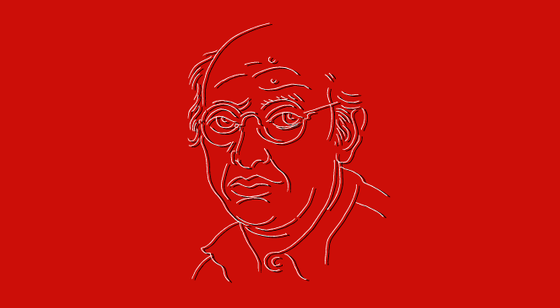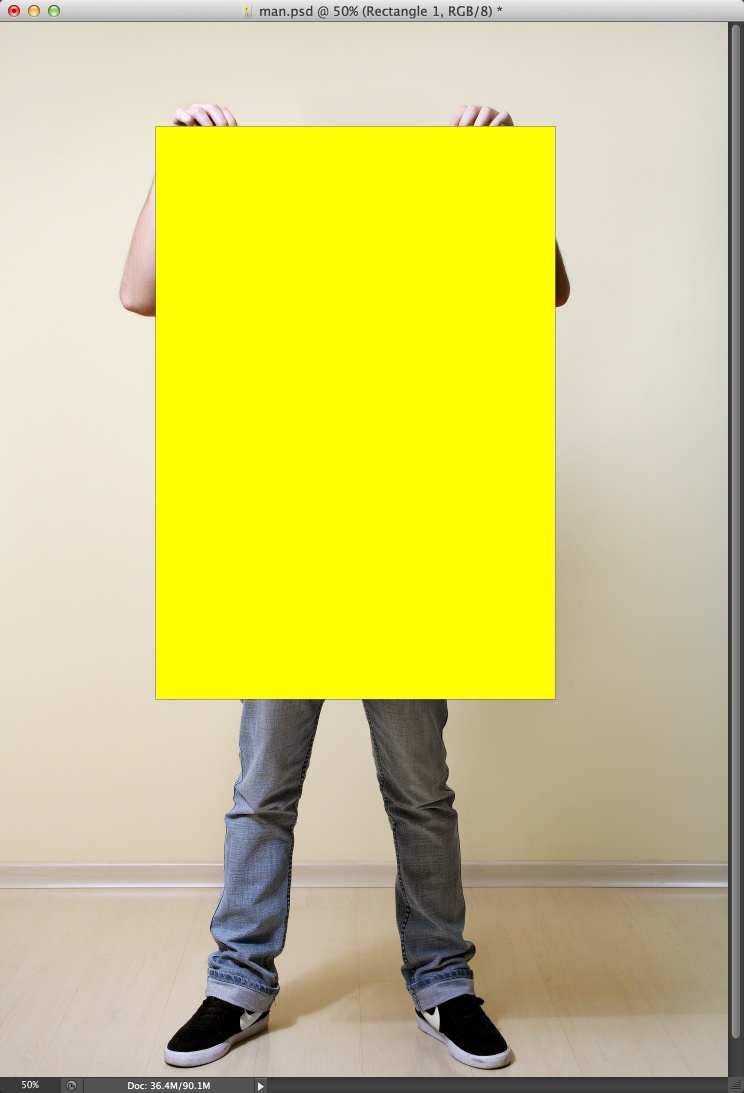The Two-Column Resume Option
By
Simone Subversive
On
06:36
In
Typography
Earlier this week, a recent graduate asked me to review her resume. It was well-laid-out and used typography quite effectively. I loved her clean, cool color palette. So, I didn't really have much to do by way of crit.
 |
| Here's a draft of my 2-column resume. Click image to see full sized. |
I suggested that she omit some non-relevant content and that she make her body copy fit in a single-page format. Here are a few examples of some two column resumes that allow designers to present themselves succinctly.
On a more personal level, I made the decision to have a one pager for my resume but kept my CV a multi-page document. Besides personal preference, there are other reasons to consider a single-page, 2-column resume format: 1. you only design the first page, 2. reviewers only need to keep track of one page, 3. you get to showcase your ability to prioritize and layout several chunks of content in the single page, 4. you skip the necessity to create a complimentary layout for subsequent pages (this is something I had to do for my CV... as I generally create 3 viable design solutions, this was a time-consuming process for me).
 |
| Design by bobgun |
 |
| Layout by jessiLenz |


















































